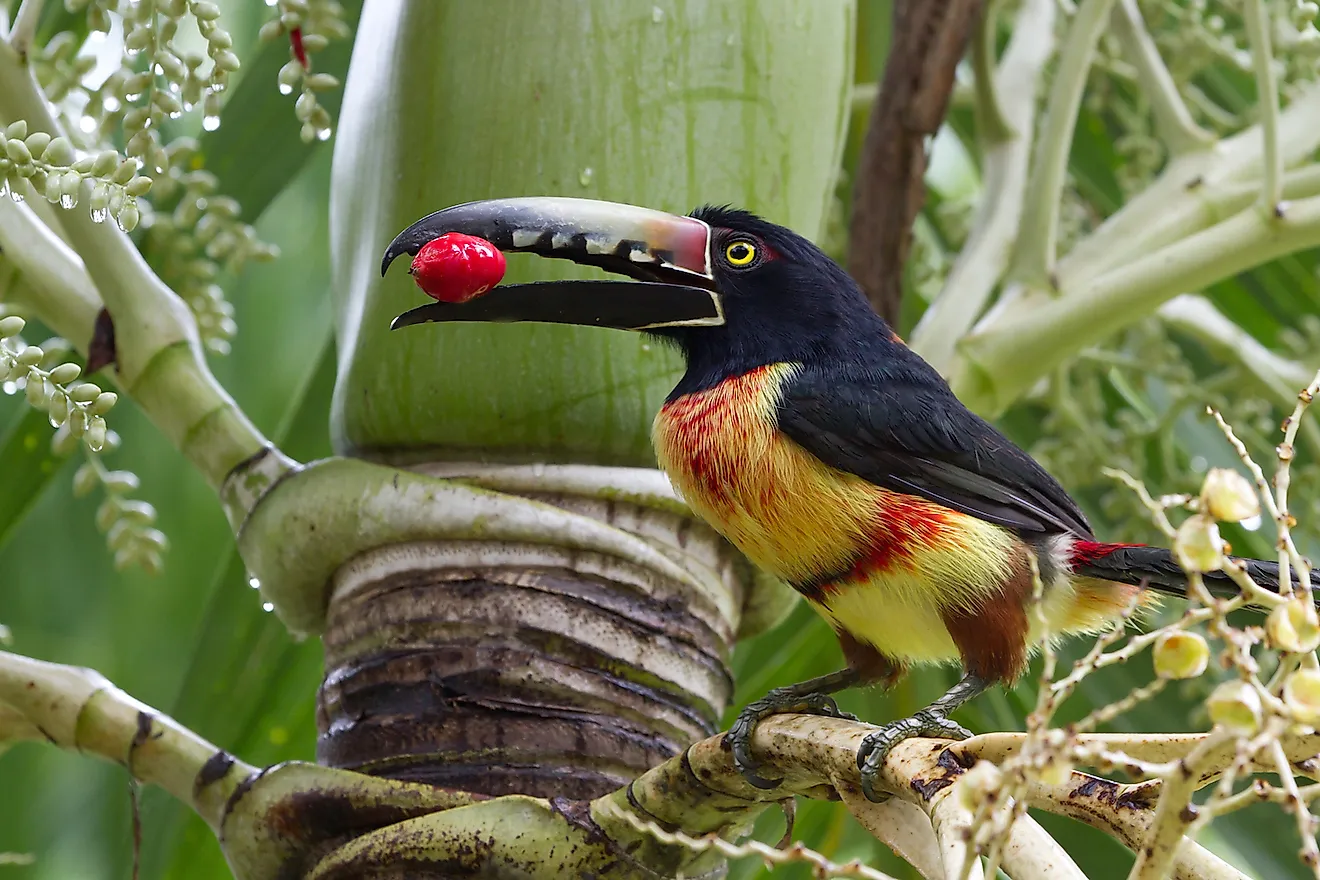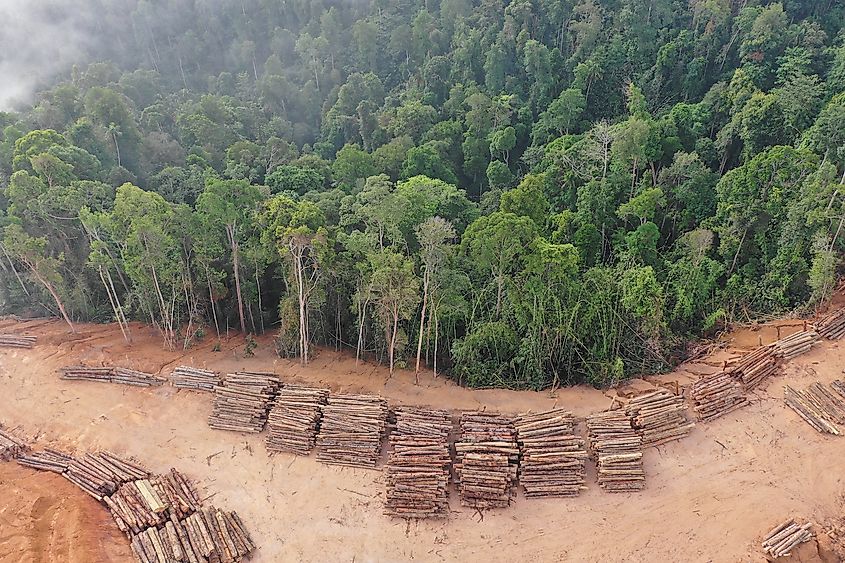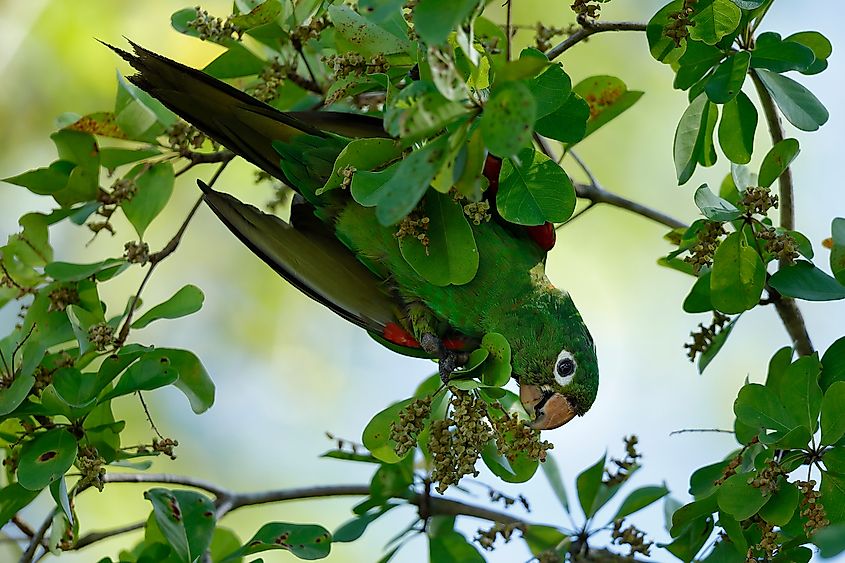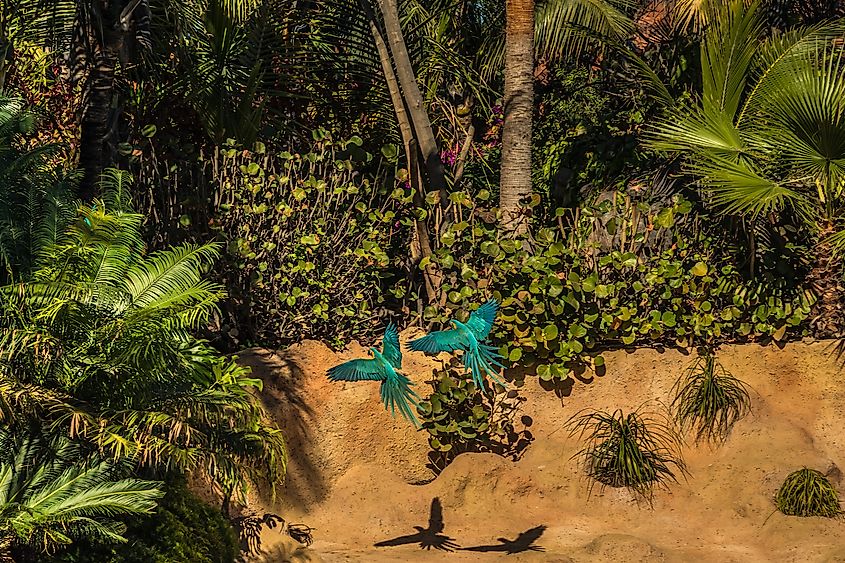Threatened Bird Habitats That Need Urgent Protection

- Bird habitats affected by change (natural or man-made) are freshwater wetlands, forest areas, and coastlines.
- The top three threats are acquiring biological resources, agricultural use of the land, and building systems to modify the terrority.
- Ways to help save the natural habitats have been by signing petitions, government intervention, and advocacy.
Threatened bird habitats are in dire need of protection. Not only do these habitats provide food and shelter for the animals, they provide freshwater, oxygen (not only produced by trees but the ocean too), medicinal plants, and a balanced Earth for the human population. Natural environments are being exploited by corporations and governments who seek its resources. Other forms of destruction include the building of roads, dams, and housing. Adding drainage systems contaminates the soil and disrupts the natural flow of water. Polluting the land and water is a widely known form of ravaging nature, but surprisingly, it is not the most concerning.
What Actions Pose A Threat To Endangered Birds And Their Environment?
Before taking action to save at-risk environments and their endangered birds, it is best to know what is causing this tragedy. Bird Life International (BLI) states that hunting as a form of acquiring biological resources, agricultural use (farming), and "natural system modifications like fires and dams" have been the top main threats. The major threats have been mentioned below:
- Biological resource use
- Agricultural use
- Natural system modifications
- Climate change and natural disasters
- Other predator species
- Human disruptions
- Construction (residential and commercial)
- Mining
- Pollution
- Transportation (roads and railways)

Locations Most At-Risk Of Endangerment
As of December 2019, BirdLife International (BLI) reported 255 environments were considered "at-risk." These sites are located in the following continents: Europe and Central Asia with 113, Africa with 59, and the Pacific with 32. To be more specific, the following countries have the most vulnerable areas: Australia with 26, Kenya, and Turkey with 21, Madagascar with 17, Spain with 12, and both Nigeria and Greece have 11 respectively. The habitats affected are the freshwater wetlands, forest areas, and the coastlines. Click here to see BirdLife International's map of these areas.
Countries in South America are known for their jungles and arboraceous lands. Columbia, Ecuador, Brazil, and Peru are a few of the well-known countries suffering from threats to their natural habitats. Earth's Endangered has listed all of the birds and other animals facing endangerment.
Some Examples
Valle Neuvo is a park in the Dominican Republic located on the highest mountain terrain of the Caribbean. It is home to pine and deciduous forests. The highest point of the park was once shaped by glaciers. It is now full of trees and grassy meadows. Along with the animal life that has lived in the park for years, North American birds have made it their home as it is rich in vegetation and ideal for nesting. The area sustains a vast amount of birds from Hispaniola which are considered endangered. These are some of the birds according to BLI:
- Hispaniolan Crossbill Loxia megaplaga
- Hispaniolan Amazon Amazona ventralis
- Hispaniolan Parakeet Psittacara chloropterus
- Hispaniolan Trogon Temnotrogon roseigaster
- Golden Swallow Tachycineta euchrysea
- White-winged Warbler Xenoligea montana
- Antillean Siskin Spinus dominicensis

Europe's Canary Islands have a significant amount of endangered birds. Because of civil engineering in Europe, many birds have migrated to the local islands. Though it is not known how many Canary shrews exist on the Canary Islands, it is a fact that these birds are suffering extinction due to the destruction of their habitat. According to Current Results, Slender-billed Curlews have declined to a total of 50 over a period of 100 years. The last time the bird was seen was in 2001 in Hungary.
How To Save These Endangered Sites
Environments, where endangered birds live, have been receiving a lot of attention lately due to climate change and organizations that fight for the well-being and the habitat of animals. Three major ways of helping have been signing petitions, political interventions (governmental program implementations), and the active advocating by conservationists.
A petition has been recently signed by Australian natives and others in the fight to save endangered birds. More than 50,000 signatures graced this petition, which helped to turn down excessive mining expeditions in the Christmas Island area.
Governmental programs that help fight off other animals preying on the endangered bird species have proven to be successful in helping to preserve the birds. BirdLife Partner in French Polynesia has set up traps to capture rats from feeding on these birds. Another pest causing a threat is the Little Fire ant (Wasmannia auropunctata). According to BLI, "Drone-dispersed" pesticides are combatting the spread of these insects. Little Fire ants sting when threatened. Once stung, a welt forms causing a burning sensation that lasts for weeks. These ants even cause animals to become blind. Unlike other species of ants, these bugs form larger colonies with other communities of Little Fire ants in shaded and moist areas, as stated by the Big Island Invasive Species Committee. Without pesticides, these insects will take over and wreak havoc on the already diminishing population of birds.
The habitat in Valle Neuvo was once a popular site for timber in the 1970s. The park was formed in 1983 after sawmills were no longer allowed. However, commercial agriculture took over, destroying parts of the forest. The land is considered ideal for farming due to its climate. Some crops grown by commercial farms are potatoes, Hass avocados, strawberries, carrots, and more.

Commercial farming poses a threat to the birds, the environment, and humans (local and national). The abundant forests provide freshwater; due to the destruction of the natural habitat, it is making that necessity scarce as well as spoiling the soil.
Advocacy groups have met with government officials to discuss the damage being done to the environment and its animals. After meeting and setting up interviews with local television and radio stations, it opened the door to devising a plan to save the Valle Neuvo park. One plan was to close farms in the northern part of the park. However, the implementation of such procedures still needs to advance. Unfortunately, the current minister, who is involved in the agricultural business, is encouraging avocado plantations in the region.
Natural habitats are diminishing around the world which leads to the near extinction of the already existing birds. Whatsmore, the environment is slowly evolving into a more productive place for humans, but the destruction of the habitats is making it impossible for humans and animals to attain natural resources such as clean air, medicinal plants, and food provided by the Earth.











